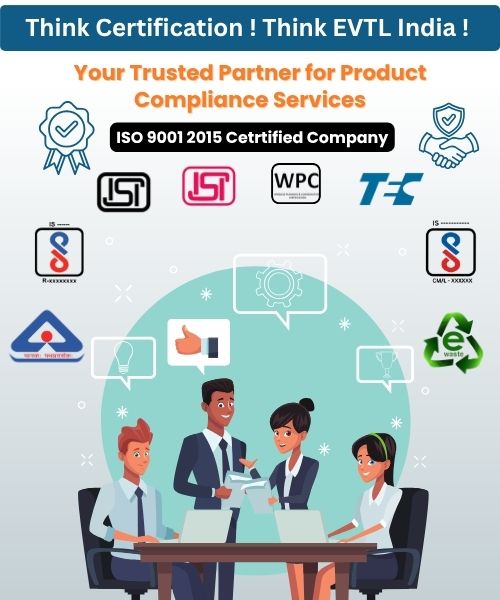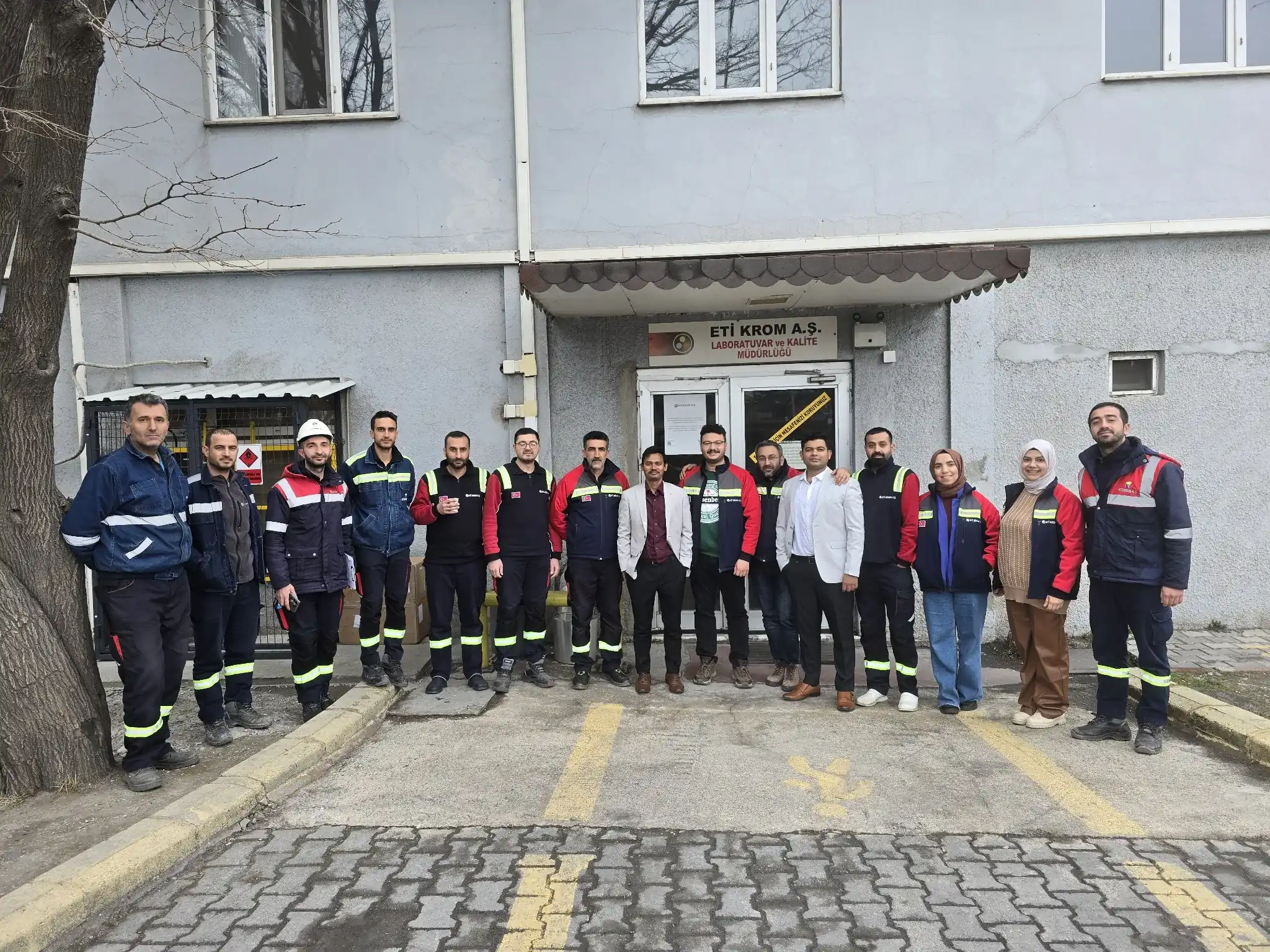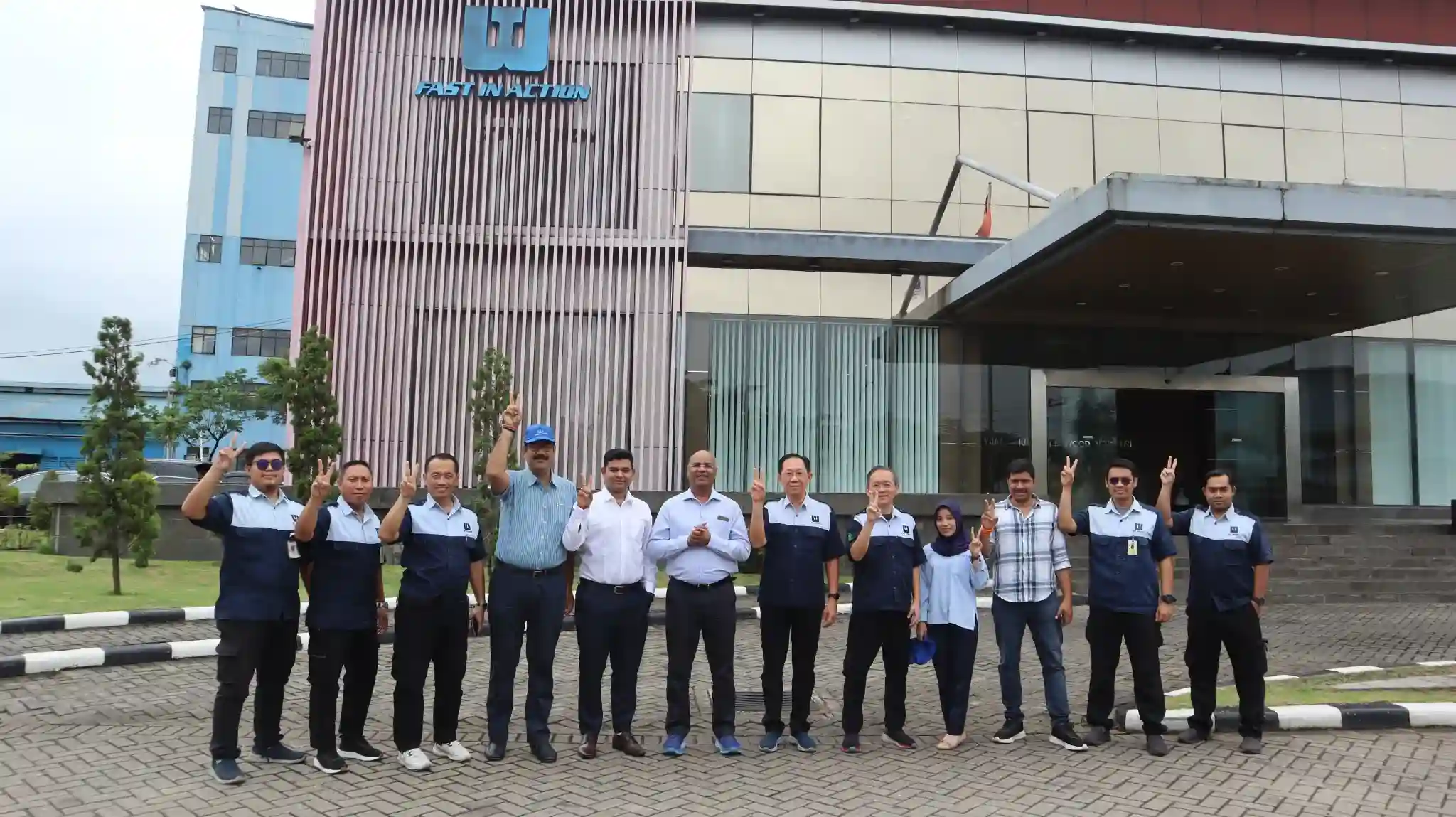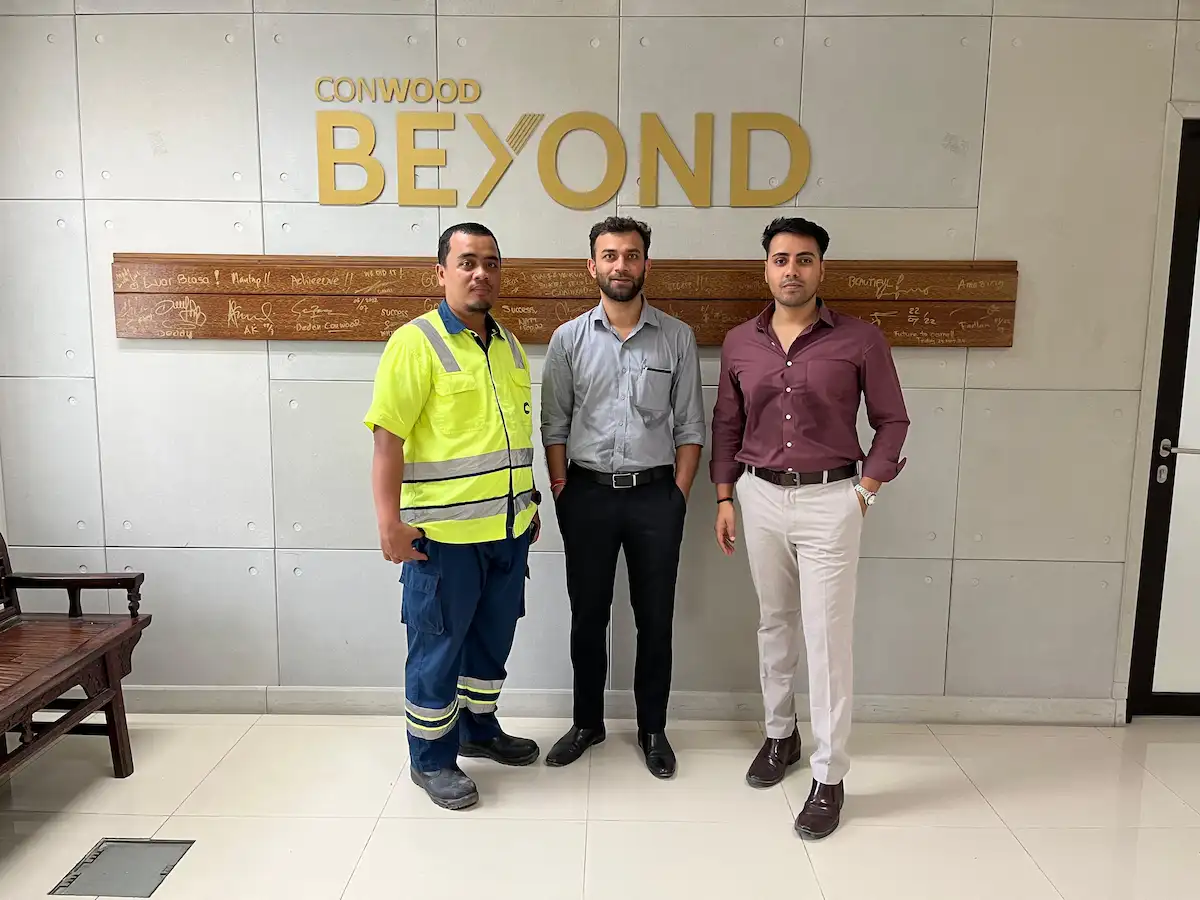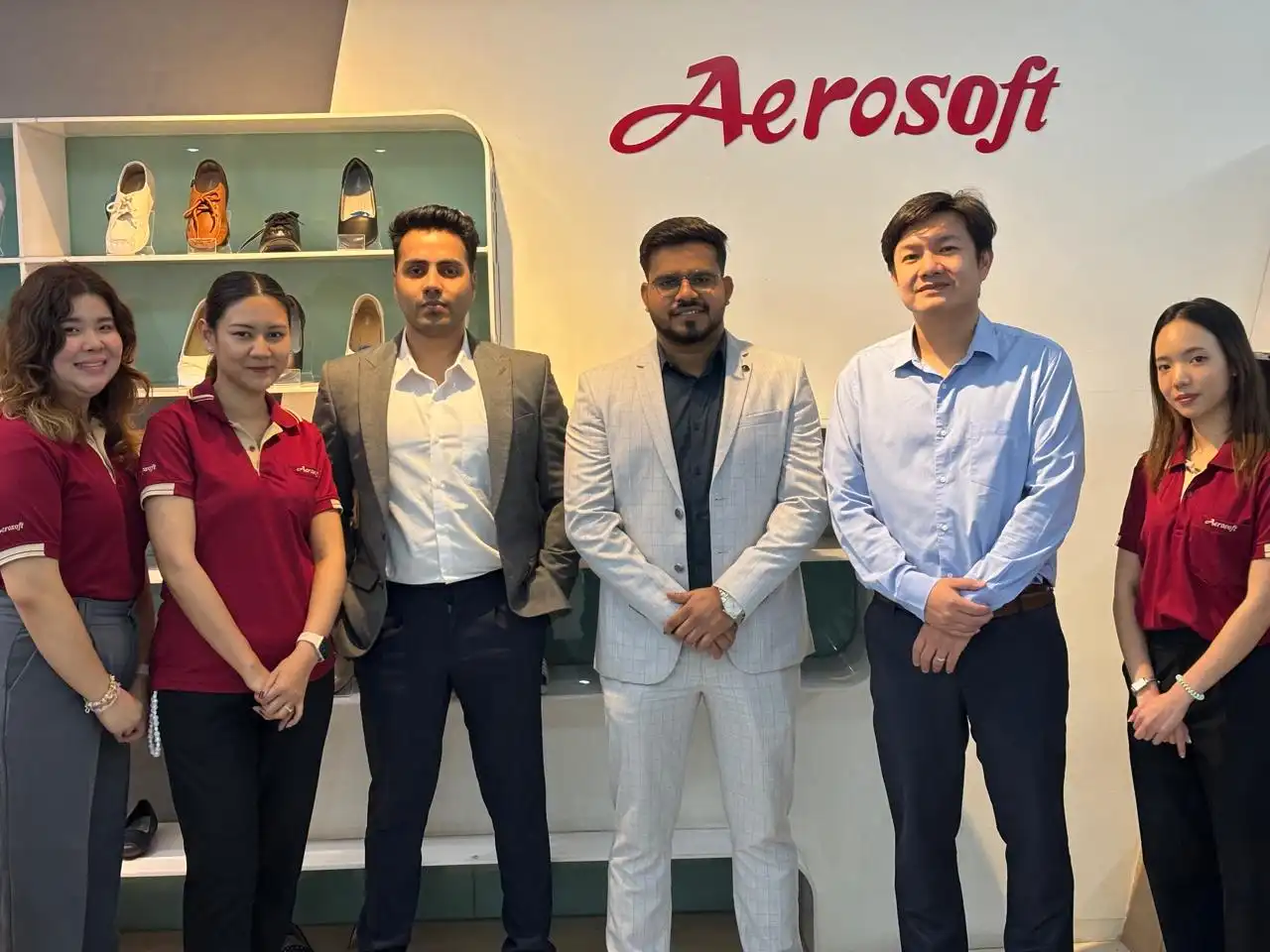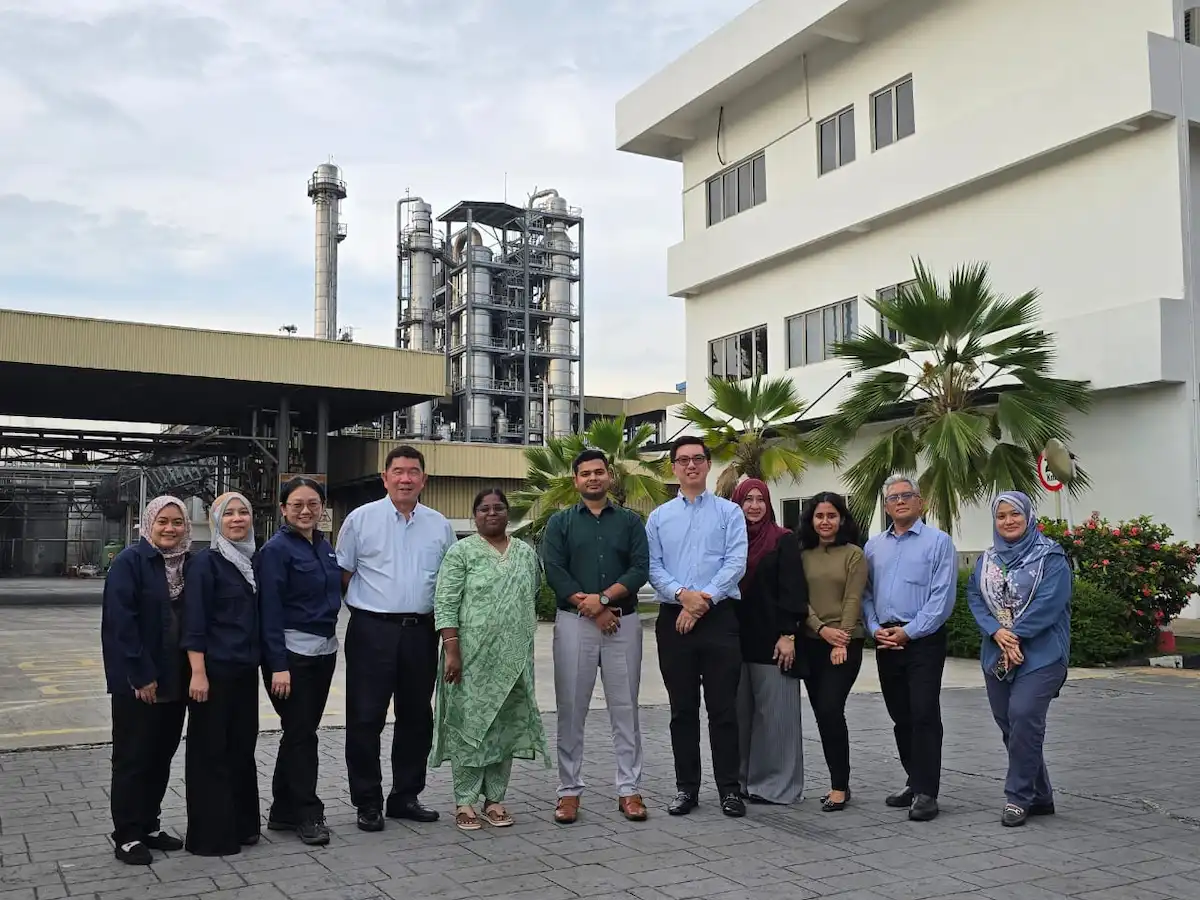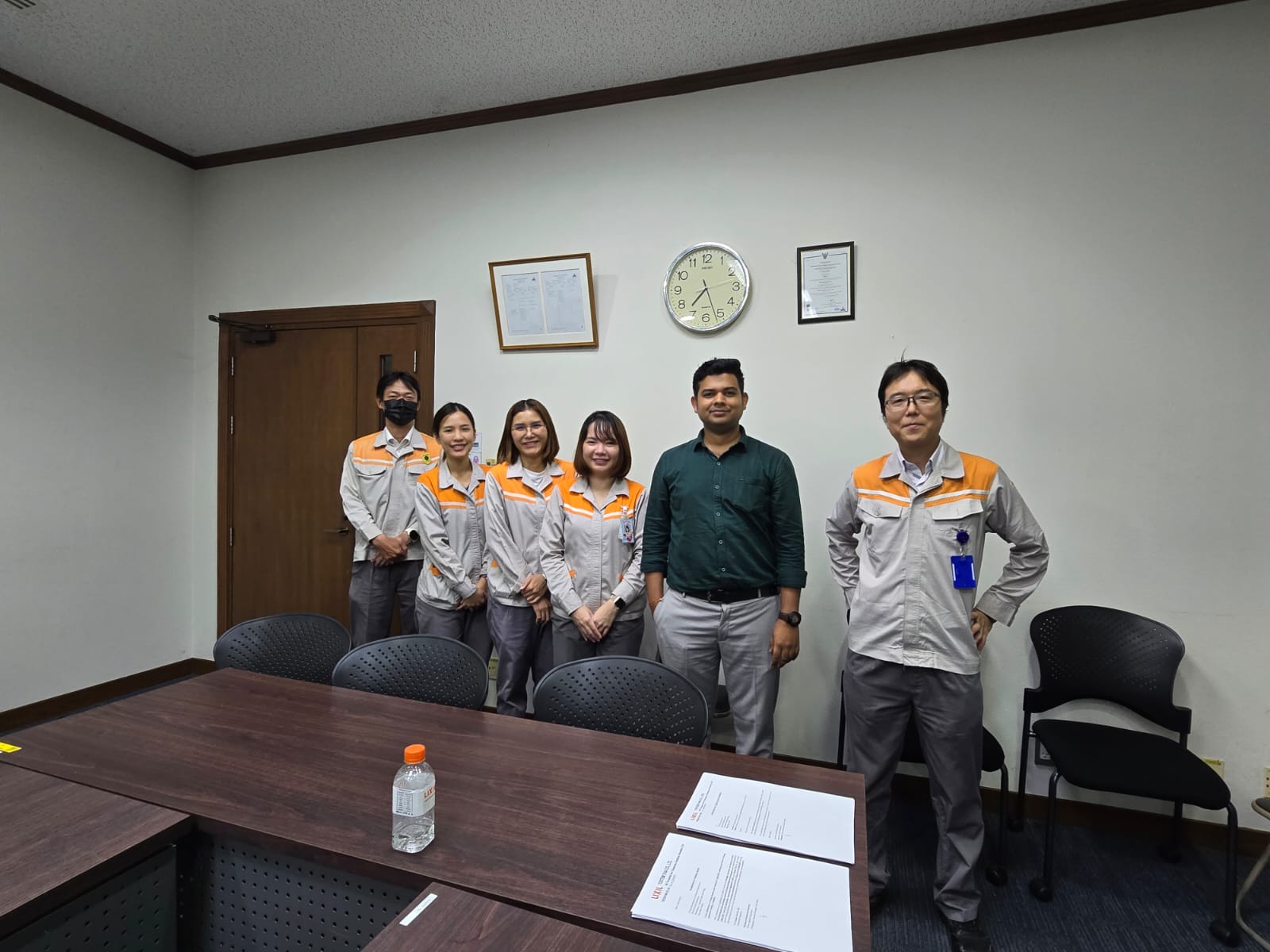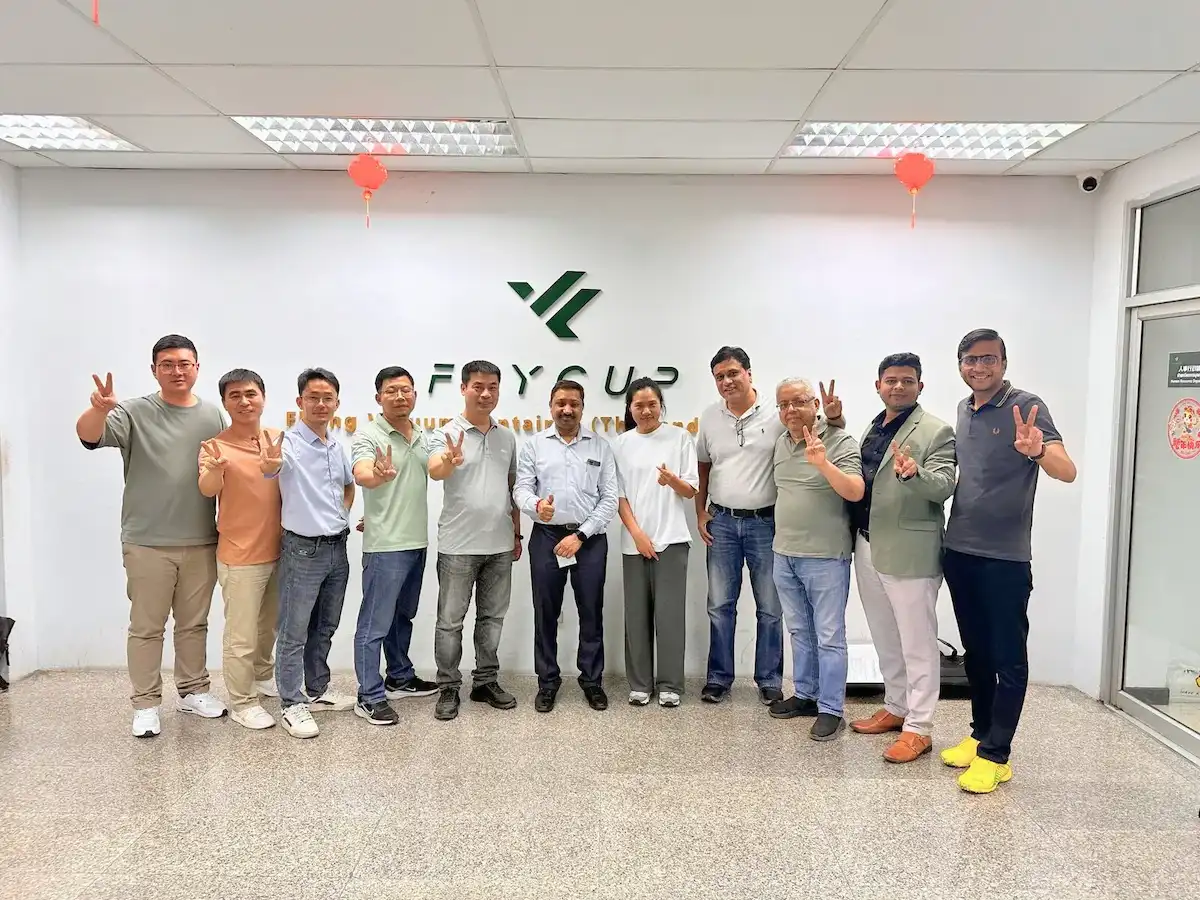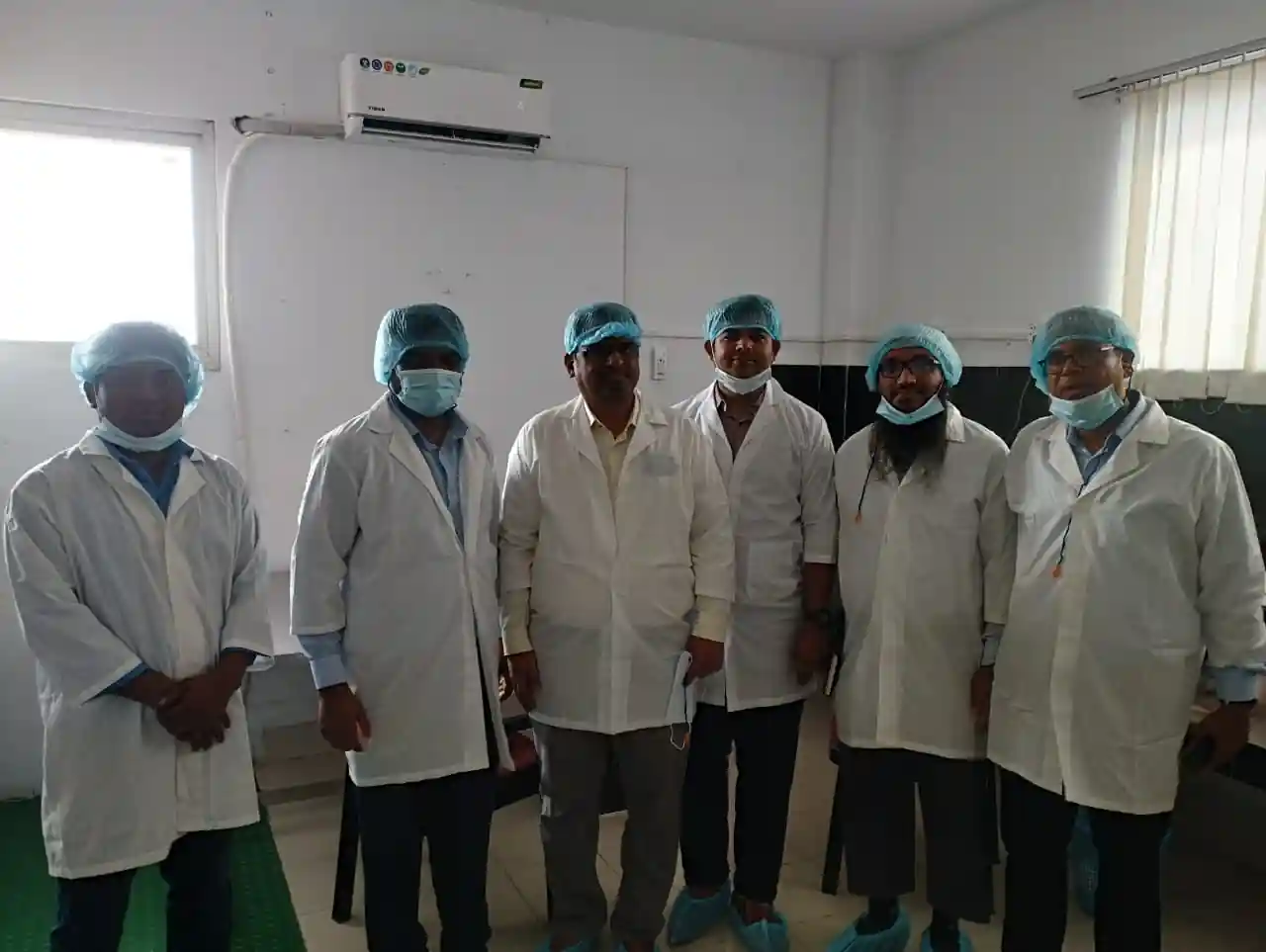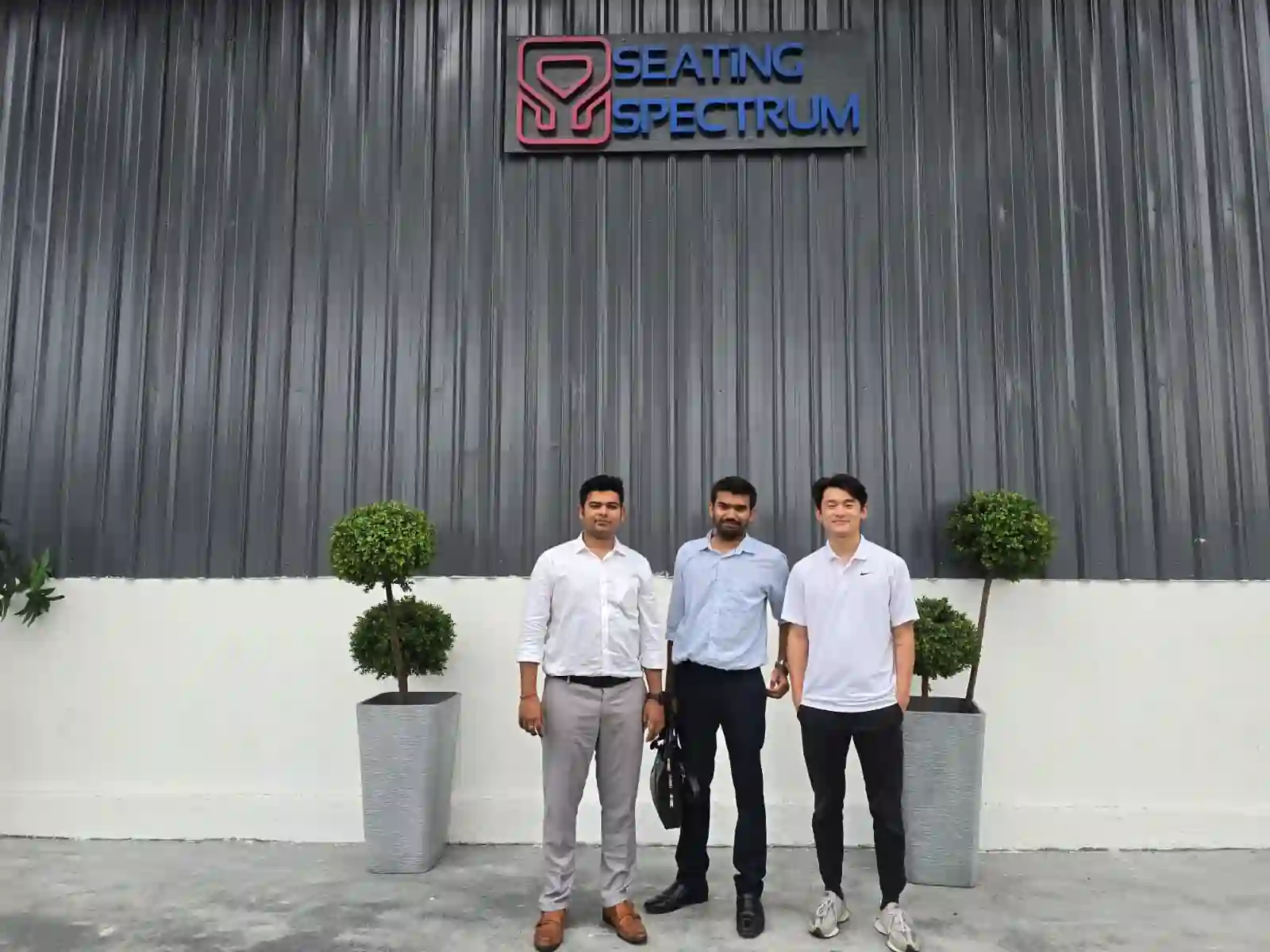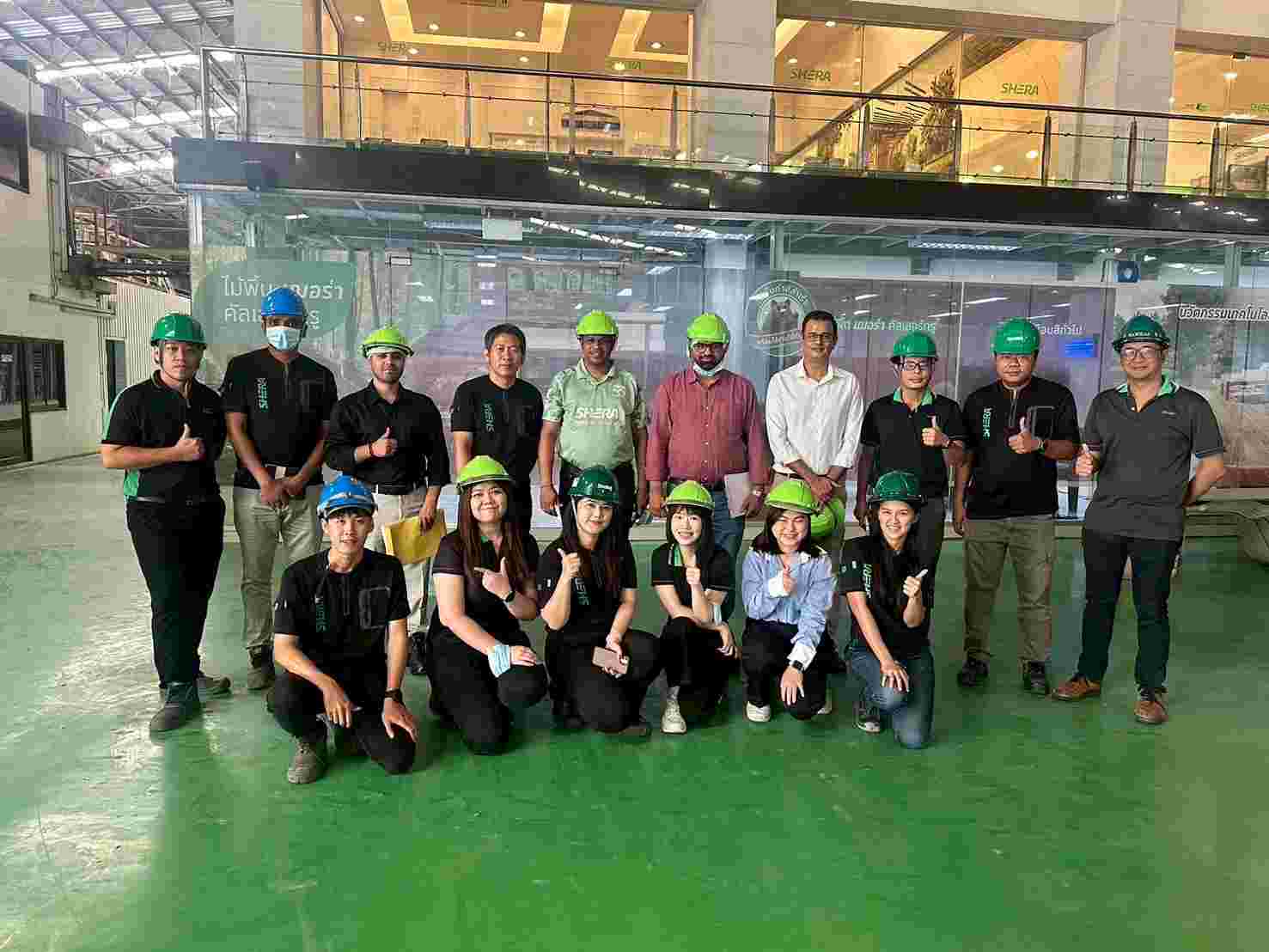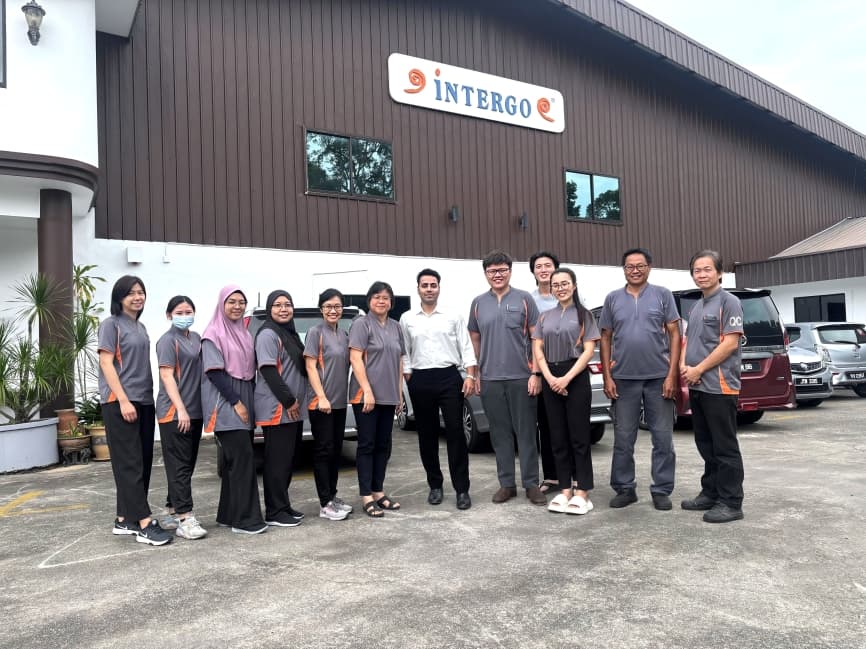Get A Quote
BIS Certification for Circuit Breakers (AC Operation) IS/ IEC 60898-1: 2015
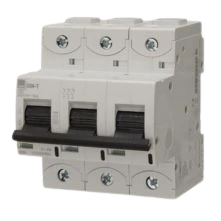
In today’s competitive market, delivering high-quality products is essential for building trust and gaining a foothold in the industry. For manufacturers of circuit breakers, obtaining BIS certification for circuit breakers is a critical requirement to ensure compliance with Indian Standards and to legally sell their products in the Indian market.
One of the key Indian Standards for circuit breakers is IS/IEC 60898-1:2015, which specifies requirements for AC circuit breakers. This standard ensures the reliability, safety, and performance of circuit breakers used in household and similar applications. In this blog, we’ll explore IS/IEC 60898-1:2015, the process of obtaining ISI certification for circuit breakers, and the role of BIS consultants in making the process easier for manufacturers.
What is IS/IEC 60898-1:2015?
IS/IEC 60898-1:2015 is the Indian
equivalent of the international standard IEC 60898-1. It defines the
requirements for air-break circuit
breakers used in AC operations,
primarily for protecting circuits in homes and similar fixed installations. The
circuit breakers governed by this standard operate at frequencies of 50 Hz or 60 Hz and are characterized by
the following parameters:
● Rated voltage: Not exceeding 440 V.
● Rated current: Not exceeding 125 A.
● Rated short-circuit capacity: Not
exceeding 25,000 A.
Compliance with this standard ensures
that the circuit breakers operate effectively under normal and fault
conditions, providing overcurrent protection and preventing electrical hazards.
Importance of BIS
Certification for Circuit Breakers
The Bureau of Indian Standards (BIS) is responsible for certifying
products in India to ensure their quality, safety, and adherence to Indian
Standards. For circuit breakers, BIS
certification for AC circuit breakers is mandatory under the Compulsory Registration Scheme (CRS).
Without ISI certification for circuit breakers, manufacturers are not
legally permitted to sell their products in India. Additionally, certified
circuit breakers bear the ISI mark for
circuit breakers, which signifies that the product complies with all
relevant safety and performance standards.
Key Benefits
of BIS Certification:
- Legal Compliance: BIS certification is mandatory for selling AC circuit
breakers in India.
- Consumer Trust: The ISI mark for AC circuit breakers
instills confidence in consumers about the quality and safety of the
product.
- Market Access: BIS
certification enables manufacturers to sell their products in the Indian
market without restrictions.
- Brand Reputation: Certified products are perceived as trustworthy and
high-quality, giving manufacturers a competitive edge.
Testing Requirements for
BIS Certification
To obtain BIS certification for circuit breakers, manufacturers must ensure
their products pass all tests as per IS/IEC
60898-1:2015. These tests verify that the circuit breakers meet the
required safety, durability, and performance standards. Below are the key
tests:
1. Tripping Test: Ensures
the circuit breaker trips when the current exceeds the specified limits to
prevent damage to the circuit or appliances.
2. Temperature Rise Test: Evaluate
the ability of the circuit breaker to operate within acceptable temperature
limits under load conditions.
3. Tripping Characteristics: Verifies the consistency of the circuit breaker’s tripping behavior
under different fault conditions.
4. Resistance to Mechanical Shock: Tests the mechanical durability of the circuit breaker under shock
and vibration conditions.
5. Packing and Marking: Ensures
the product is packed and marked as per the standard requirements. The circuit
breaker must include details such as the ISI mark, manufacturer’s
identification, and rated specifications.
How to Obtain ISI
Certification for Circuit Breakers
The process of obtaining ISI certification for circuit breakers
involves multiple steps, from product testing to factory inspections. Here’s an
overview of the process:
Step 1: Understand the Applicable Standard: Manufacturers should study the IS/IEC
60898-1:2015 standard and ensure that their circuit breakers meet all the
requirements.
Step 2: Product Testing: The
circuit breakers must undergo rigorous testing at a BIS-recognized laboratory. The tests are performed to evaluate the
product’s compliance with IS/IEC 60898-1:2015.
Step 3: Application Submission: Manufacturers need to submit their application for BIS certification
on the Manakonline portal, along
with all required documents.
Step 4: Factory Inspection: BIS officials conduct an on-site inspection of the manufacturing
facility to ensure compliance with BIS norms, including quality control
processes.
Step 5: Grant of License: After
successful testing and inspection, BIS grants a license to the manufacturer,
allowing them to use the ISI mark on their circuit breakers.
Documents Required for BIS Certification
To apply for BIS certification, manufacturers need to submit the following documents:
● Application form
● Manufacturing process details
● Quality control plan
● Test reports from BIS-approved laboratories
● Factory layout and equipment details
● Proof of business registration
● Product specifications and technical details
● Declaration of conformity to Indian standards
Additionally, manufacturers may be required to provide proof of compliance with environmental and safety regulations, depending on the specific type of product being certified.
BIS ISI Mark Certification Costing And Timeline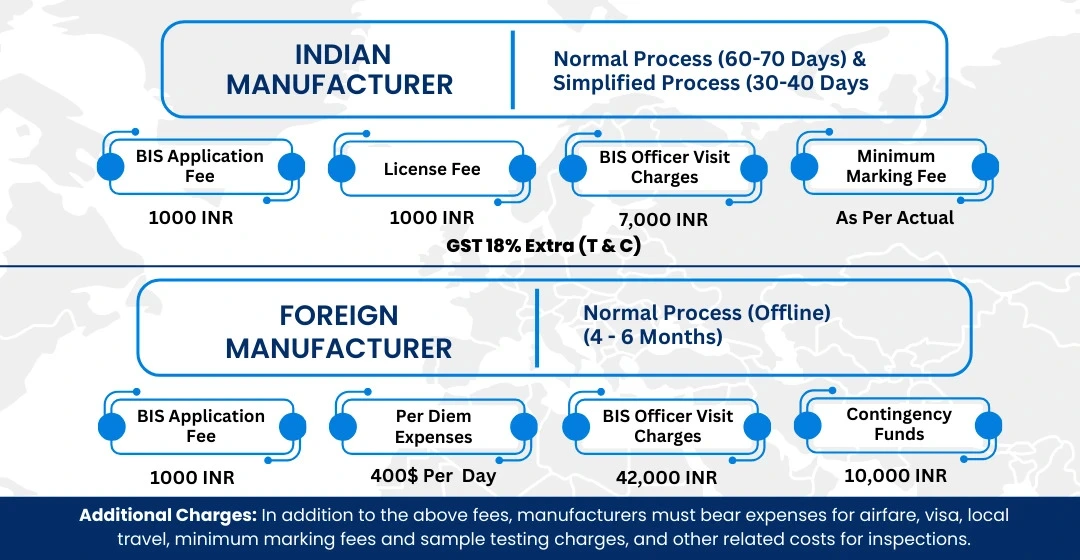
To Know The Process in Detail, Please Visit:
Under BIS Registration Products ISI and CRS
Conclusion
BIS certification for circuit breakers
as per IS/IEC 60898-1:2015 is
crucial for ensuring product quality, safety, and compliance with Indian
regulations. The certification process involves comprehensive testing and
factory inspections to verify that circuit breakers meet the required
standards. By obtaining a BIS license, manufacturers can not only enter the
Indian market but also gain consumer trust and build a reputation for quality.
For manufacturers who find the process
complex, engaging a BIS
consultant for AC circuit breakers can simplify the journey,
ensuring timely and successful certification. EVTL India is a leading BIS
consultant in India helping manufacturers in securing their BIS license
hassle-free. Remember, BIS certification is not just a regulatory requirement —
it’s a commitment to delivering safe and reliable products to customers.
If you’re a manufacturer, don’t delay!
Start your journey toward ISI
certification for circuit breakers today and build a trusted brand in the
competitive market.
Free Call Back
Latest News & Update
📅 BIS Critical Component List (CCL) Updates for Solar PV Modules
🕒 BIS Fee Concessions for MSMEs and Startups | EVTL India
📅 Guidelines for Implementation of Essential Requirements for Security of CCTV
🕒 Omnibus Technical Regulation (OTR) Amendment Order, 2025
🕒 Extension of Timeline for Filing Annual Returns by Battery Producers
📅 Extension of Timeline for Filing Quarterly and Annual Returns for E-Waste
🕒 Extension of Concurrent Running Period for IS 302-1: 2008 and IS 302 (Part 1): 2024
🕒 BIS Guidelines for Grant of Licence (GoL) | EVTL India
📅 CPCB Guidance on filing of Application, Fees and more
🕒 CPCB Notification on Labelling of Plastic Packaging
📅 Mandatory Compliance for Input Materials of Steel and Steel Products for Imports
🕒 BIS Guidelines for Scheme-X Certification for OTR-Regulated Products
📅 BIS Upgrades Product Certification License Numbers to 10-Digit Series
Why Choose EVTL INDIA
Expertise in Indian Regulatory Standards
End-to-End Support
Trusted by Top Indian & Global Brands
Fast Processing & Transparent Pricing
Strong Liaison with Indian Authorities
Company Profile